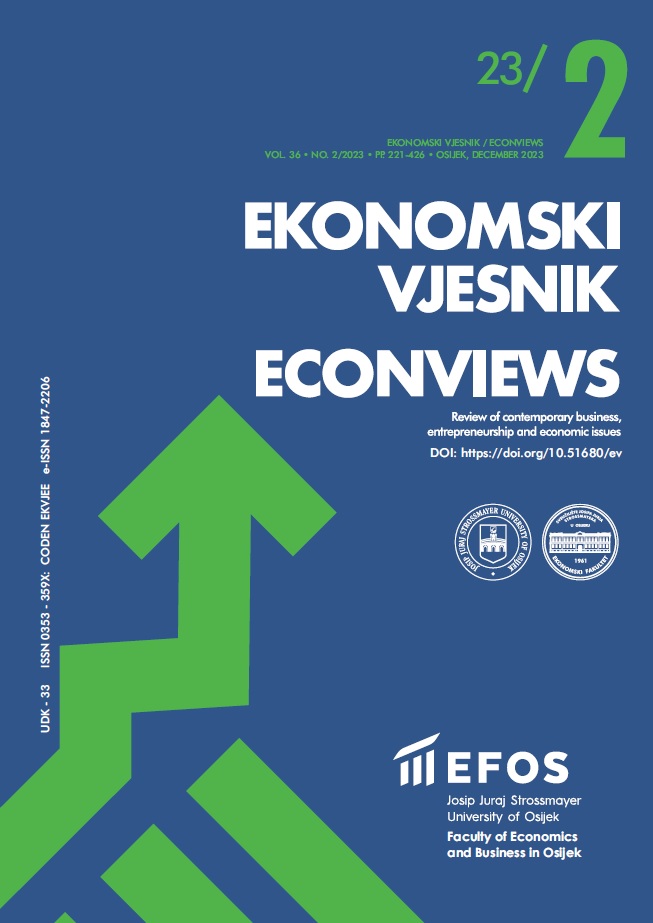Reverse bullwhip effect in the automotive industry: Case study from Romania
Reverse bullwhip effect in the automotive industry: Case study from Romania
Author(s): Attila TuriSubject(s): Economy, Transport / Logistics
Published by: Sveučilište Josipa Jurja Strossmayera u Osijeku, Ekonomski fakultet u Osijeku
Keywords: demand variation; logistics performance metrics; order fluctuation; supply chain integration;
Summary/Abstract: Purpose: The goal of the paper was to analyze data from a short loop supply chain (supplier – manufacturer – customer), seek the reasons for the presence of the bullwhip effect (or a reverse bullwhip effect) and quantify its intensity within a practical case study from an automotive industry company based in Western Romania. Methodology: Data for this research were gathered over 27 weeks for the case of the most important 50 supplier-customer pairings of the manufacturing plant. The collected data were then analyzed using Holt-Winters exponential smoothing (level, trend and seasonality) and the methods of descriptive statistics: dispersion (range, variance, and standard deviation) and frequency distribution (count, percent, and frequency). Results: Our results confirm the existence of both the bullwhip effect (BE) and the reverse bullwhip effect (RBE) within the supply chain of the production site, as there are 54% of cases where order variation between the group of analyzed suppliers and customers is surprisingly greater for the latter, with only 12% of cases being the source of the classic bullwhip effect. Conclusion: According to our research, both effects are present, with a higher prevalence of the RBE, but the intensity of both effects can be significantly reduced by improving planning schedules, internal performance and logistics metrics, whilst also increasing the integration of suppliers and manufacturers in the upstream and downstream supply chain material and information flows.
- Issue Year: 36/2023
- Issue No: 2
- Page Range: 361-371
- Page Count: 12
- Language: English

